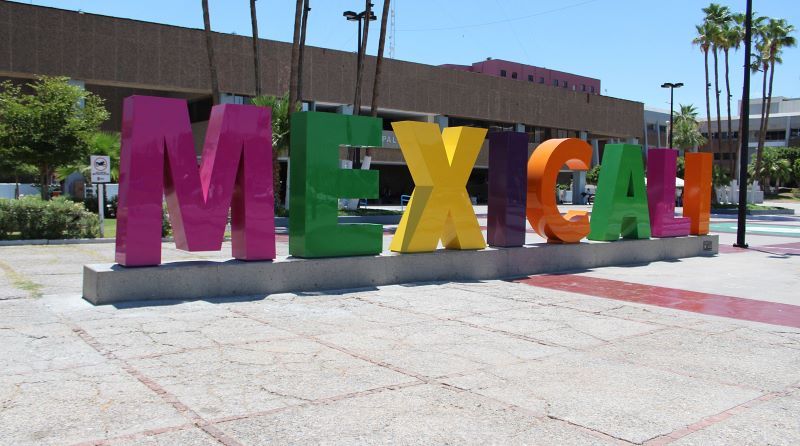Discovering the Charm and Diversity of Mexicali, Baja California
Discover the cultural diversity and unique history of Mexicali, the vibrant capital of Baja California. Find out how the city grew from a small agricultural town to a busy industrial center and how it is connected to Calexico, which is right next door.

Baja California is a state that unites a diverse population of migrants from across the Republic, creating a unique blend of cultures that makes it a must-visit destination. Mexicali and Calexico, the state's two biggest cities, have a lot of different kinds of people and cultures. They are also locations where a lot of fascinating social events take place, which top universities in Mexico and the United States are studying.
Mexicali, the state capital, was established in the early 20th century with the development of irrigation works on the Colorado River. Today, it has a dynamic economy fueled by agriculture, commercial exchange with the United States, and industrialization. With its North American and Asian capitals, Mexicali has become a hub of economic and cultural activity and is home to the state's executive, legislative, and judicial powers.




